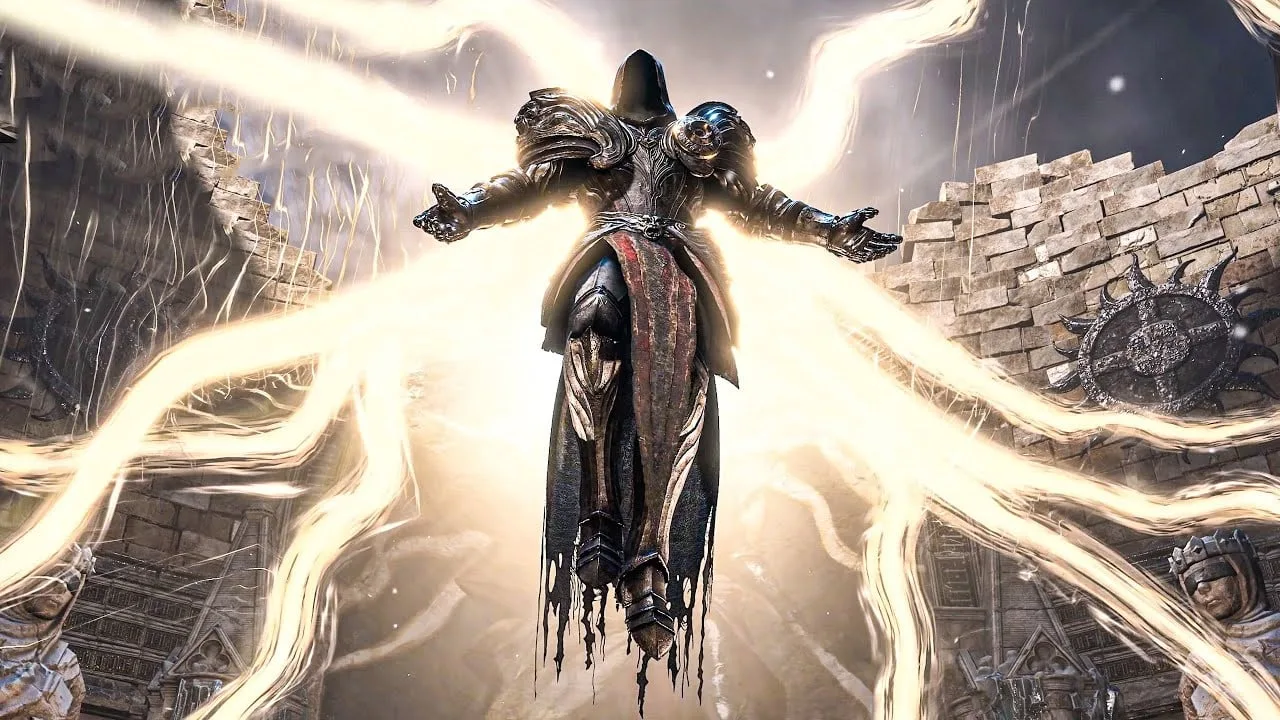Blizzard has recently leaned into structured roadmaps for its games, which has paid off in some areas—but Diablo 4 isn’t sharing that success. The newly revealed content plan for 2025 hasn’t made the impact fans were hoping for.
The roadmap, expected to fill the gap before the next major expansion in 2026, appears thin. Instead of a flood of engaging seasonal updates, players are left with limited additions like reputation boards—battle-pass-like grinds for cosmetic unlocks. While new lair bosses and features like pets are on the list, many feel these inclusions lack weight. Additionally, the roadmap only outlines content for part of the year before trailing off with vague promises about more to come.
Mike Ybarra’s Three-Point Critique
Mike Ybarra, who previously led Blizzard and now heads a fantasy sports platform, shared his thoughts online about the community’s mixed reactions. In a brief but sharp commentary, he addressed key problems he sees in Diablo 4’s development approach.
The first point emphasized that game content shouldn’t be released just to meet internal deadlines. According to Ybarra, the cycle of launching a season, spending weeks fixing bugs, and repeating the process has become an unsustainable loop. He believes this harms the overall experience and momentum of the game.
Next, he suggested that the team should pause and focus on solving core endgame issues. Ybarra noted that grinding bosses for a specific drop only to abandon the game until the next season isn’t a satisfying gameplay loop. His message implies that current content lacks staying power, leaving players without meaningful goals.
His final point criticized the lengthy gap between expansions. He proposed that yearly expansions would keep engagement high, and that fewer resources should go into story content. Instead, he urged a shift toward adding new classes, enemy types, and more robust endgame activities. In his view, players return for the mechanics, not narrative depth.
Ybarra concluded that continuing the current cycle without meaningful improvements risks sending the game in a direction that lacks purpose. He warned that piling on more content without addressing root issues might lead to a bloated system that fails to hold players’ interest.
A Complicated Legacy
Although his critique rings true for many, it’s important to note that Ybarra was in charge during much of Diablo 4’s development and early post-launch phase. While he left Blizzard in early 2024 following its acquisition by Microsoft, his influence remained during a crucial period for the game’s direction.
Ybarra acknowledged that some decisions may have been in motion before his departure. In response to criticism, he remarked that making suggestions is one thing, but ensuring teams implement them is another. He also quipped about being seen as stating the obvious—though his former leadership role suggests he was in a position to enact the very changes he’s now recommending.
What’s Next for Diablo 4?
As the community continues to voice frustration over the current state of the game, many hope the roadmap is merely withholding larger surprises for now. Fans remain hopeful that the development team can break the cycle and breathe new life into a game that still holds massive potential. Whether that happens soon—or at all—remains to be seen.
